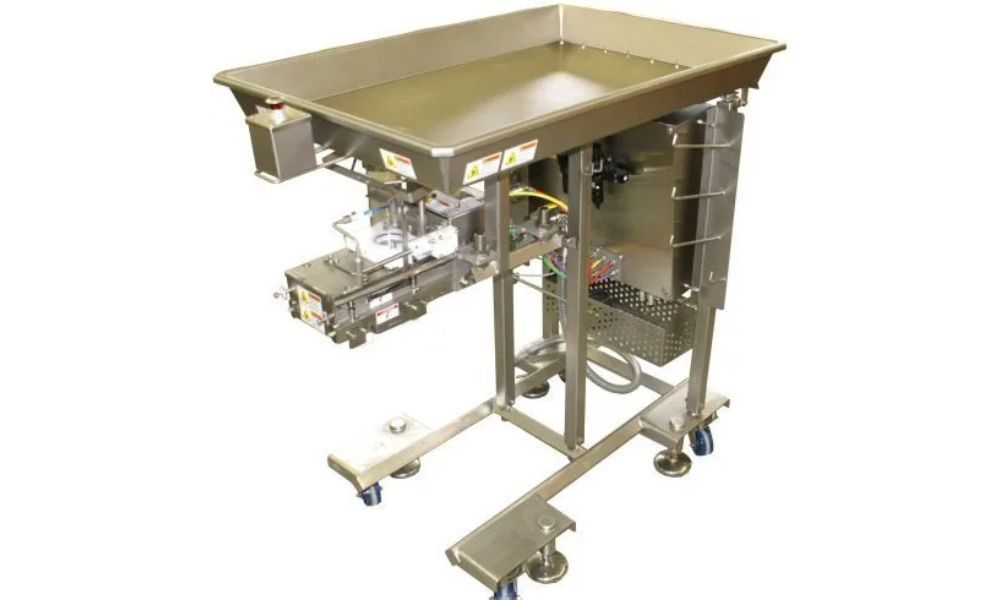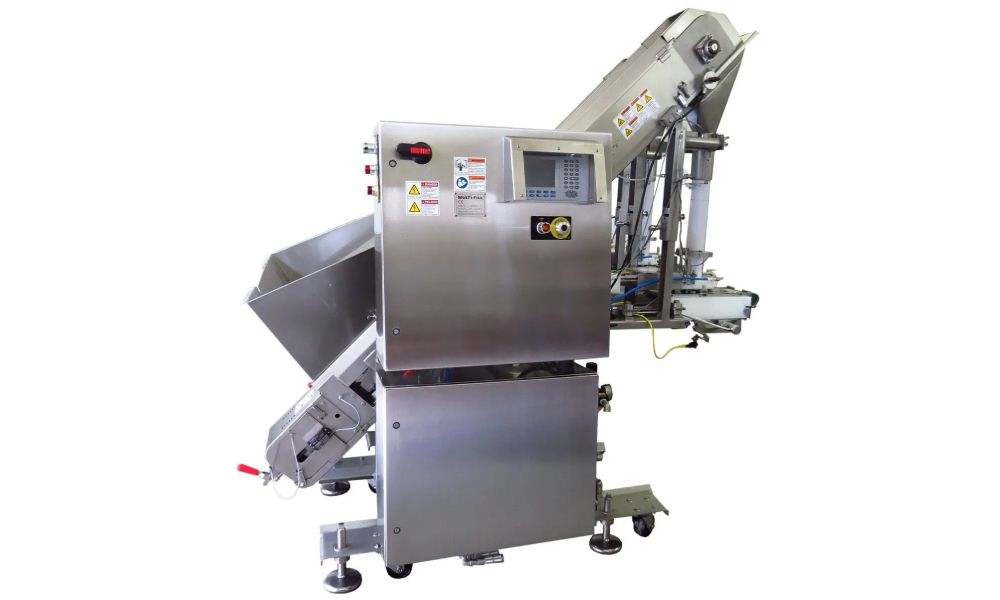Everything You Need to Know About a Filling Machine
Do you need a filling machine for your new or growing company? Are you established and want to expand your factory or line? At Multi-Fill, we manufacture quality machinery and have been for more than thirty years. We are proud that some of our fillers sold in the 1980s are still in operation today. As filling machinery is at the heart of production, let’s find out more about them so you can make an informed decision before purchasing.
Different Types of Food Filling Machines Explained
People don’t realize that every food product in their favorite grocery store was packaged with a different type of filling machine. From the jam jar to the coffee beans to the coleslaw they bought for lunch. And then there is the burrito mix rice for later. But what are the different types of food filling machines?
Powder filling machine.
Powder filling machines are designed for drip-free, high-accuracy filling through spiral feeding and can be used for free-flowing and non-free-flowing powdered or granulated products.
Solid filling machine.
Solid filling machines can be volumetric or gravimetric. In gravimetric filling, the machines dispense an accurately measured amount of a product according to weight. Volumetric filling machines, such as those manufactured by Multi-Fill, measure a specific product volume, and focus on loose solids.
Liquid filling machine.
As the name states, the liquid filling machine packages various liquids, and there are as many types of liquid filling machines as there are liquids. The different types include:
- Gravity filling machines
- Vacuum filling machines
- Overflow filling machines.
- Hot filling machines
- Isobaric filling machines
- Piston filling machines
- Volumetric filling machine.
Jar/Tin Can filling machine.
This filling machine uses either volumetric or quantitative filling and packages low to high viscosity liquids and solid or powder products into containers. Including bags, cans, buckets, sacks, tins, bottles, pots, jars and more.
Bottle filling machine. Bottling filling machines fill powders or liquids into bottles, and some types include volumetric fillers with batching syringes, gravity fillers with mechanical or electronic weighing equipment, and negative pressure fillers.
Pouch filling machine.
The machines come in various sizes and can package solid, liquid or a combination of both products. It was specifically developed for the flexible packaging industry.
Did you know
volumetric fillers from Multi-Fill can deposit some foods at speeds up to 120 containers per minute while maintaining product appearance and integrity? The machine speed varies by model, layout, product, and container type, but with our expertise, your customer is eating their green olives sooner rather than later.
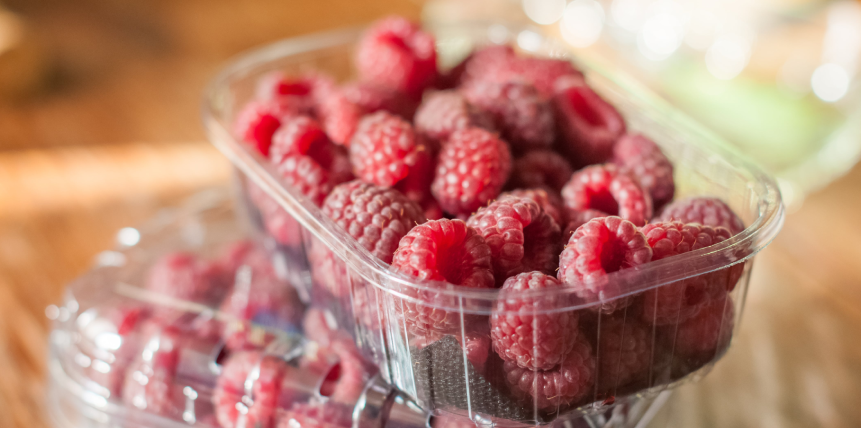
How to Choose the Perfect Filling Machine
There are three aspects that guide your choice of the perfect filling machine, and they are product, container type and level of automation. There are two levels of automation, semi-automatic filling, and automatic filling. Automatic filling machines are used by large manufacturers with high-production requirements. With semi-automatic fillers, an operator places containers under fill nozzles and then transfers them to the next part of the packaging phase.
What product do each of the machines mentioned above fill? The list is, of course, not exhaustive but just an indication of what is possible.
Powder filling machine:
powdered sugar, salt, milk powder, coffee powder, flour.
Solid filling machine (volumetric): cooked pasta; prepared salads; frozen, cooked, or raw cut vegetables; cut fruit; cooked, dry, or individually quick frozen (IQF) rice; cooked and raw whole grains; pet foods; cereals; gelatin cubes; oatmeal; mints; tofu.
Liquid filling machine:
- Gravity filling machines: vinegar, oil, wine, spirits, water
- Vacuum filling machines: wine and spirits
- Overflow filling machines: sauces, syrup, water, ice teas, fruit juices
- Hot filling machines: jams, juice concentrates, sauces
- Isobaric filling machines: cider, sparkling wine, carbonated soft drinks, beer
- Piston filling machines: honey, pastes, sauces, jams, oil
- Volumetric filling machine: milk, yogurt, oil, salad creams, mayonnaise.
Jar/Tin Can filling machine:
Coconut milk, sauce, fruit and vegetable juice drinks, beer, energy drinks, mineral water.
Bottle filling machine: Syrup, oil, milk, grape wine.
Pouch filling machine: Snacks, fruits, nuts, cereals, coffee beans.
Multi-Fill understands the challenges of starting a new business and is willing to help entrepreneurs where possible. Do you want to know if you can use your product in our fillers? If it is not on our applications list, we are happy to test your product on machines at our facility and send you the statistical analysis free of charge.
Difference Between Volumetric and Liquid Filling Machine
What is the difference between volumetric and liquid filling machines? Liquid filling machines are designed to fill containers up to a specified level and are ideal for clear containers where the product is visible to the consumer. It is not only a machine to fill bottles but can also be used with cups, cans, and cartons.
Volumetric filling machines, such as those manufactured by Multi-Fill, fill containers with the same amount of product, no matter the size or shape of the container. There are three types of volumetric filling machines:
- Gravity fillers hold the product in a tank above the filling nozzles and use gravity to assist in the filling process.
- Piston fillers use pistons instead of pumps to push the product into the waiting containers.
- Pump fillers use different kinds of pumps that match the liquid product, and if the liquids are thicker, the system gives a push to get them into the container.
Multi-Fill
volumetric fillers can dispense various hard-to-fill products into virtually any container on the market. Our machines are manufactured with quick-release mechanisms and are easy to clean and use. Our products include:
MPFMP-060
Suited for lower speed production lines, pilot plant operations, research, and development laboratories. The product is loaded into the top pan and manually fed into the filling tube by an operator. It fills up to 50 – 60 containers per minute.
MPFSH-075
It is suitable for lower speeds, looser products, and smaller fill weights, and is recommended for applications where more automatic product feeding is needed. The model can be upgraded to an MPFSC-120 for increased speed and/or different products when required. It fills up to 60 – 75 containers per minute.
MPFSC-120
Suited when high speed, automatic feeding and larger volumes are needed, and is ideal for stickier products. It fills up to 120 containers per minute, depending on the line configuration and volume to fill.
Did you know? Sticky rice was the reason Multi-Fill started manufacturing volumetric filling machines.
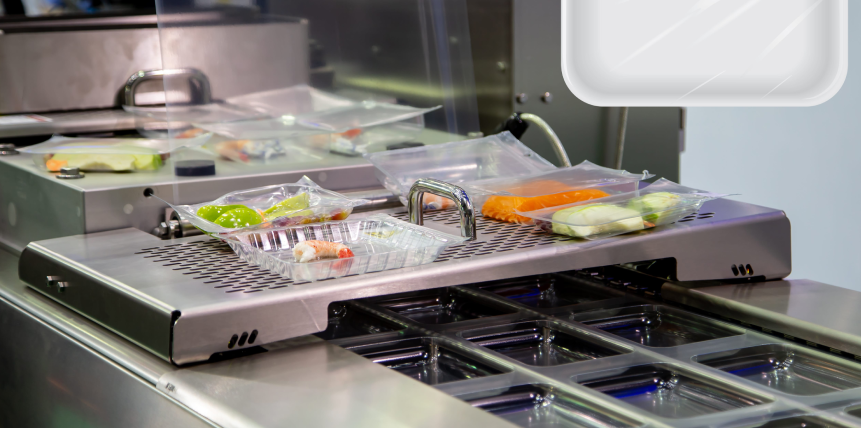
Filling Machines 101 - How Do Filling Machines Work?
Filling machines deposit an exact amount of product into a container based on time, number, weight, volume, or a combination of these measurements. They speed up the production line, and the product type defines which filling machines are used. The product timeline determines whether the system is manual, semi-automated or fully automated, as hand-filled products take longer to get to the market and generate an income. How do the different machines work?
Powder filling machine
Different apparatus are attached to the machine depending on the product. An auger filler, for example, uses a long screw-type mechanism to dispense specific quantities of powder.
Solid filling machine (volumetric)
The product is placed in a hopper and fills containers placed on conveyors. The amount of product packaged is determined by setting the machine to a weight or count setting. Multi-Fill partners with Velec Systems to integrate counting into our food processing equipment.
Liquid filling machine
There are various types of liquid filling machines, but as an example, ordinary liquid fillers work by gravity, pouring liquid into bottles based on weight. Interesting fact: for vacuum liquid filling machines to work with milk bottles and grape wines, the ambient pressure must always be greater than the pressure in the bottle.
Jar/Tin Can filling machine
The machine automatically fills the can or jar and then caps it, with quality pre-sealing and final sealing important features.
Bottle filling machine
Bottle filling machines are either volumetric or vacuum level filling. Manual-filling machines are generally volumetric, while semi-automatic and automatic fillers are vacuum level filling. With volumetric filling, the machine uses a piston within a cylinder to force liquid into a container. While with vacuum level filling, it uses the rim at the top of the container to form an airtight seal around the filling nozzle, and the container is filled to the same height each time.
Pouch filling machine
There are two types of pouch filling machines, premade pouch packaging and form fill seal machines. Premade filling packages products in existing pouches, while the form fill seal machine is used to create pouches before they are filled.
When you purchase a Multi-Fill product, we provide everything from evaluation and testing of your products to equipment installation, training and more. Multi-Fill manufactures volumetric filling machines that are compact and can be integrated into existing horizontal or vertical conveying lines. We also have upgrades available in the form of customizable distribution systems and a batch feeding hopper.
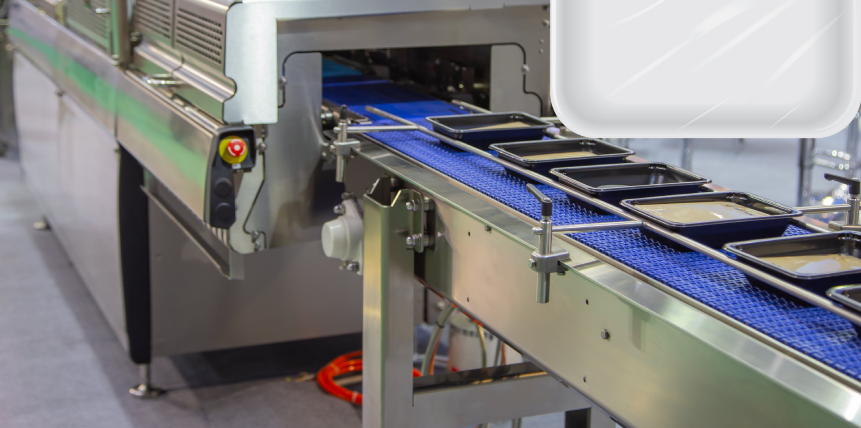
The Only 4 Filling Machine Maintenance Tips You'll Ever Need
Filling machine maintenance is vital to every company’s standard operating procedure (SOP). After all, if your machines don’t work, it places your brand and financial future at risk. What are the four filling machine maintenance tips you need?
Tip 1: Keep a preventative maintenance schedule to stop small problems from becoming big. Condition monitoring is an important part of any maintenance program and includes checking the machine's oil levels, vibrations, and temperatures. Problems are picked up quickly, and downtime is limited.
Tip 2:
Combine the preventive maintenance schedule with autonomous maintenance tasks. Operators know their machines best and can perform specific maintenance tasks themselves. Some benefits include a reduction of scheduled and unscheduled shutdowns, increasing production time.
Tip 3.
Understanding your spare parts list means always having the correct spare parts available. In the packaging industry, machines always work hard, and experience teaches which parts need more regular changing than others. With a Multi-Fill parts cart on mounted casters, the parts are always available during cleaning or changeover.
Tip 4. Regular training should be part of your company’s standard operating procedure. It allows operators to know how the machine works and understand the purpose of each element. They will notice parts or product filling glitches and failures early, limiting production line downtime.
Multi-Fill service technicians have more than ten years’ experience with the machines and can diagnose most problems over the phone. A major Midwestern U.S. ready-meals plant reported that Multi-Fill volumetric fillers have the lowest operating cost of any of their equipment, a compliment to us and a great return on investment for our client.
How to package food for a longer shelf life
Throwing away spoilt food simply because it was not packaged correctly is an unnecessary waste. What kind of packaging is available to extend the shelf life of food?
- Vacuum packaging removes as much air as possible from the package before sealing it and is ideal for meat products.
- Barrier packaging uses a foil, metalized, or clear barrier to protect the product from moisture and oxidation.
- Modified atmosphere packaging replaces the air in a package with a gas mixture to prevent oxidation.
- Proper gas permeability is used for products that need air to remain fresh. The packaging contains tiny holes or is a material with optimal gas permeability.
- Barrier packaging is very general and used to physically protect food items.
Multi-Fill is based in West Jordan, Utah, United States of America, but has representatives all over the world. Our fillers are on ready-meal lines of the prepared food industry’s major players and the smallest businesses. After more than thirty years in the industry, we understand volumetric filling machines. Do you need a filling machine?
Contact Multi-Fill today.
Designing a food filling line: Product is king






